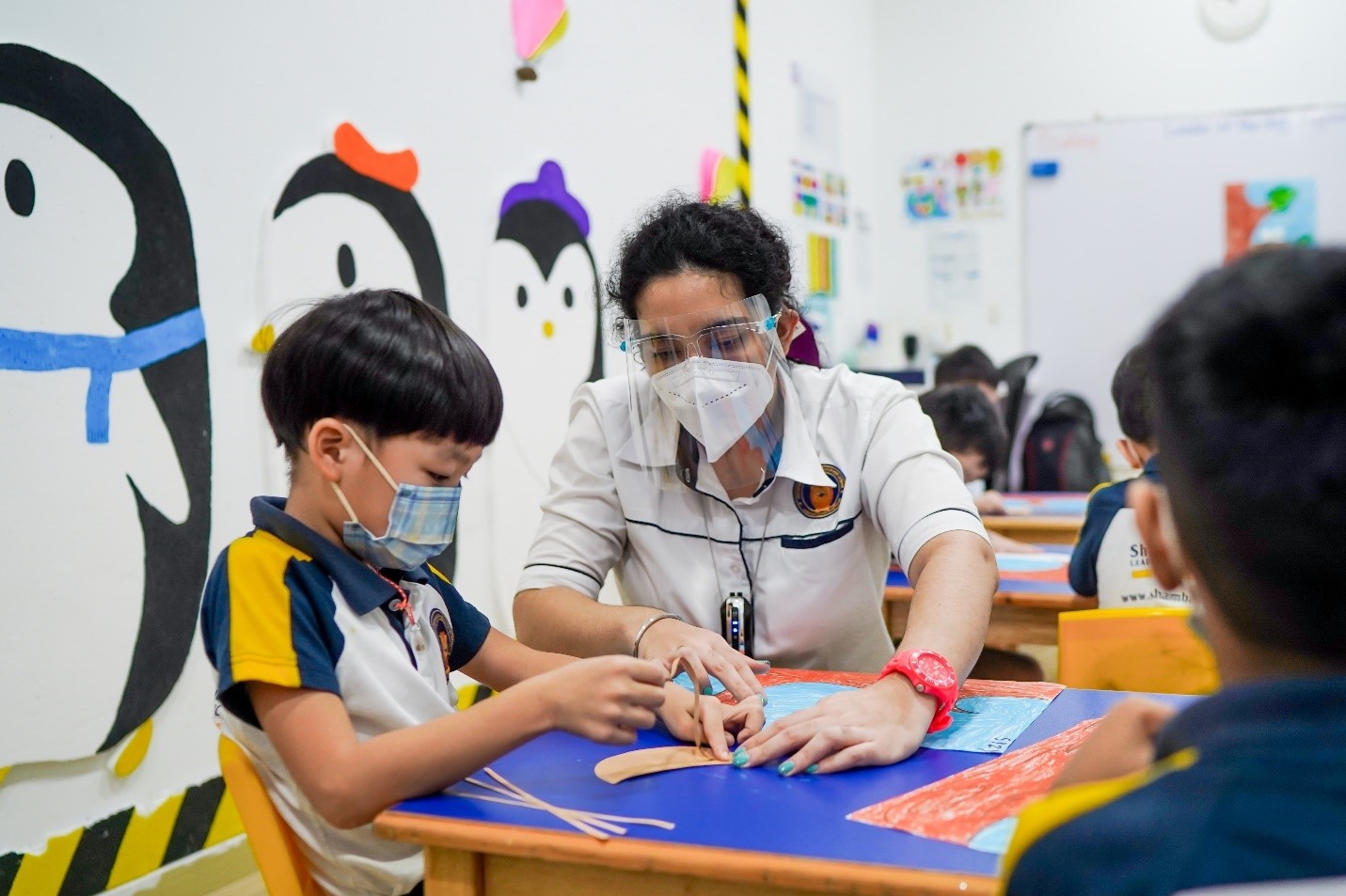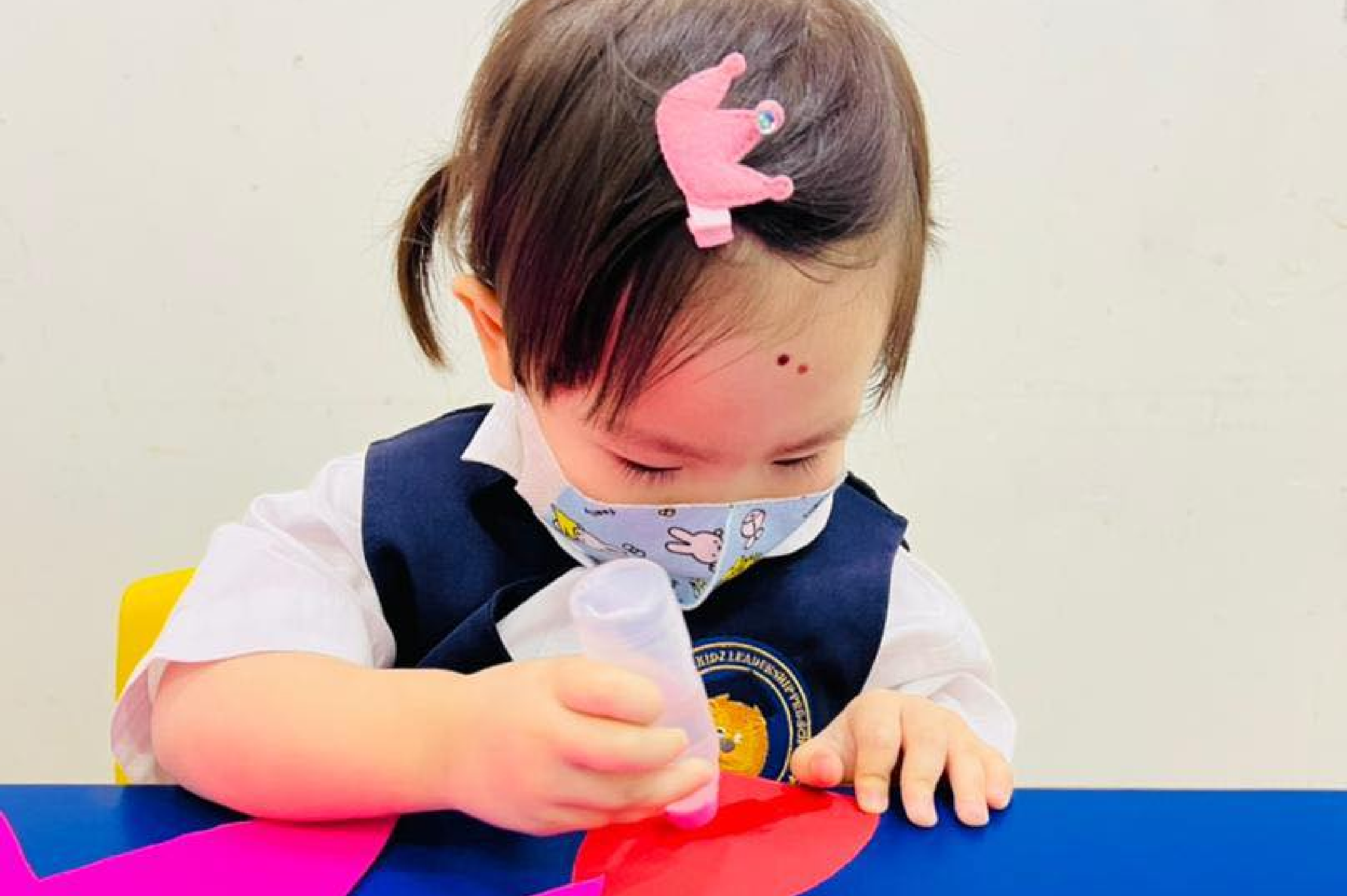
News
- Home
- News
04 Oct 2023
Haze-Free Tomorrow: A Children's Guide
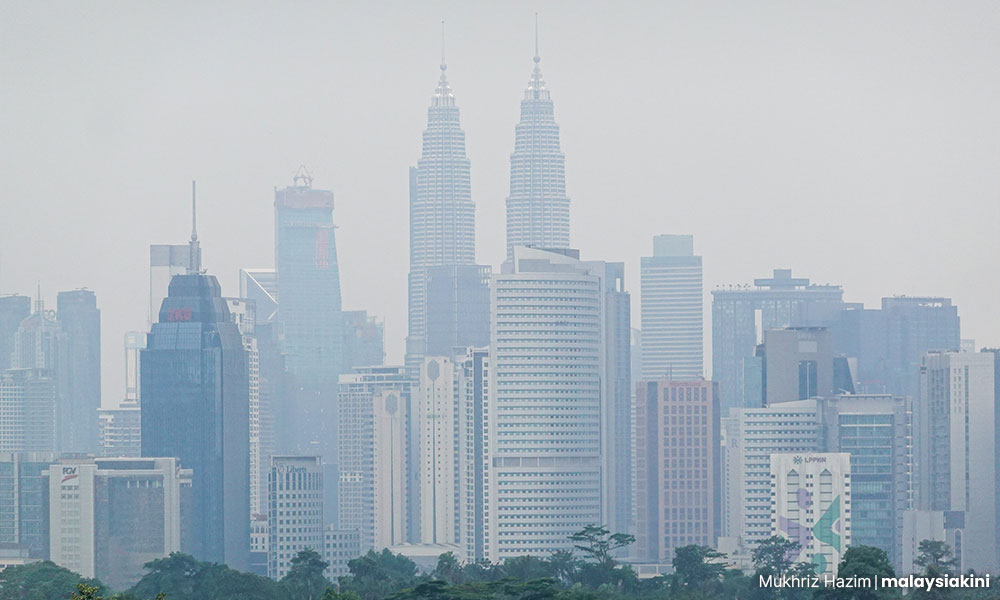
- What is haze?
Haze is an atmospheric condition where particles, smoke, dust and moisture suspend in the air obscuring visibility.In Southeast Asia, haze poses a serious and recurring problem every year, particularly between May to October, due to the burning of forests in some countries.
- How Does Haze Affect My Child?
Exposure to haze may result in the following:- Irritation of the eyes, nose and throat
- Red watery eyes (conjunctivitis)
- Runny nose (rhinitis)or asthma
- Prolonged cough and even wheezing
- Other long term effects
- Prevention of Haze

Check on updates constantly
- Parents pay attention to local air quality updates. It’s recommended to keep track of the latest updates based on the latest air conditions. One of the websites to check in Malaysia: Air Pollutant Index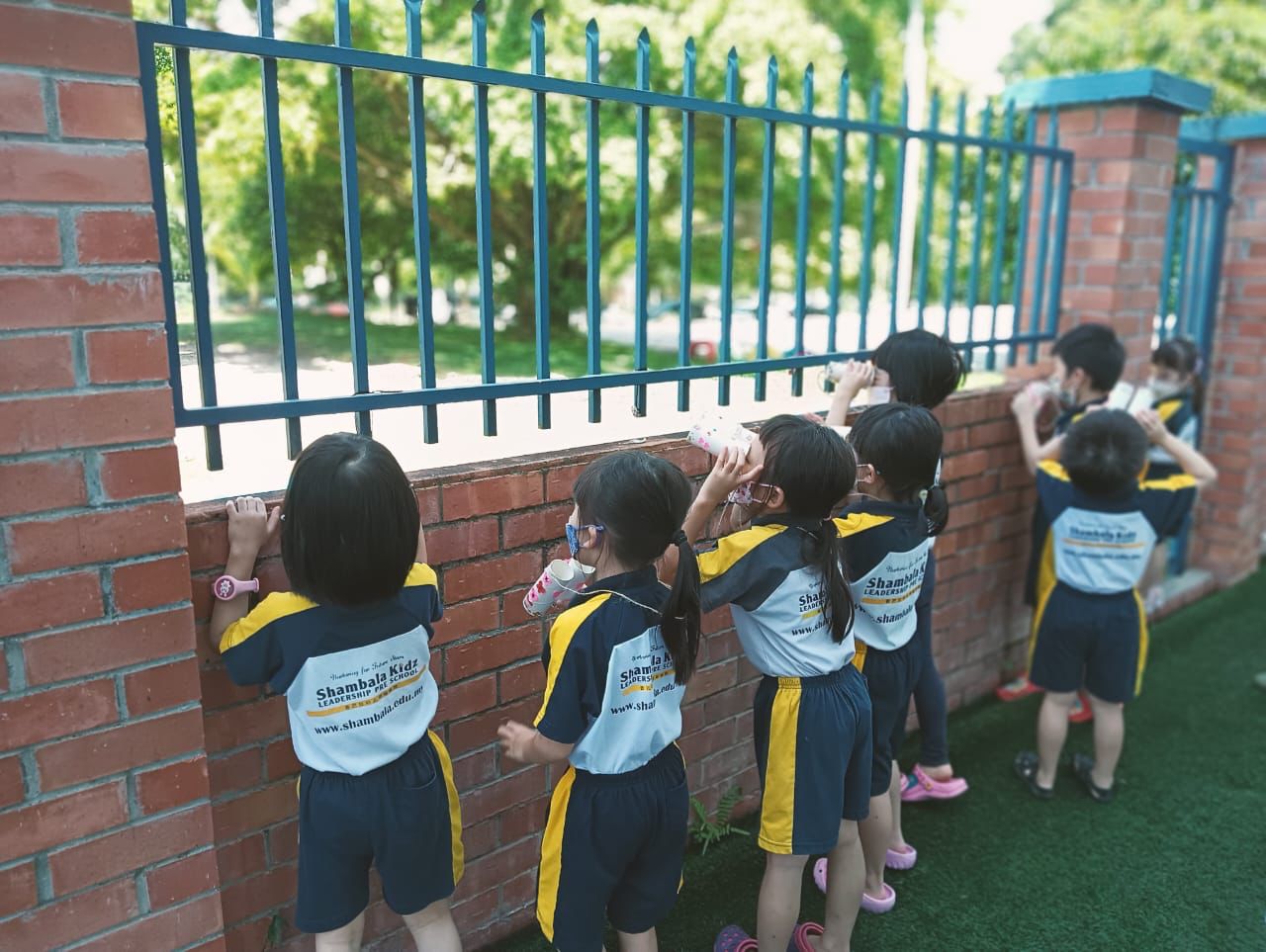
Avoid outdoor activities, especially outdoor sports
- When the air quality is poor, reduce outdoor activities, including sports and playtime. Encourage indoor games and activities instead. Parents can spend time playing board games, cooking and storytelling with their children.
Close all windows, doors and any openings
- Haze may enter your home and office. Turn on the air conditioner if you have one, this is also to allow the air to circulate in a shut space.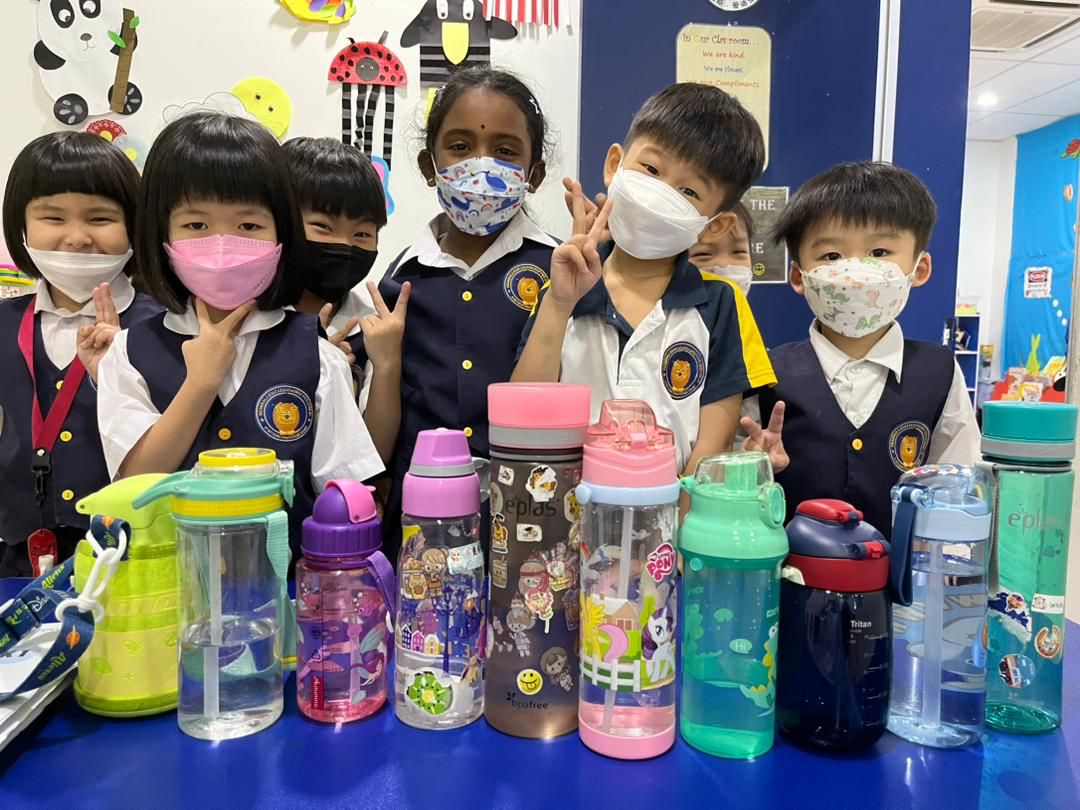
Drink more water and increase the intake of fresh fruits and vegetables
- It will help the body to flush out toxins from the skin and lungs, and improve the immune system.
- Encourage to take more Vitamin C-filled vegetables and fruits (orange, apple, cabbage), omega proteins (salmon, sardines and anchovies) and vitamin E foods (seeds, nuts and beans)
Stock up masks everywhere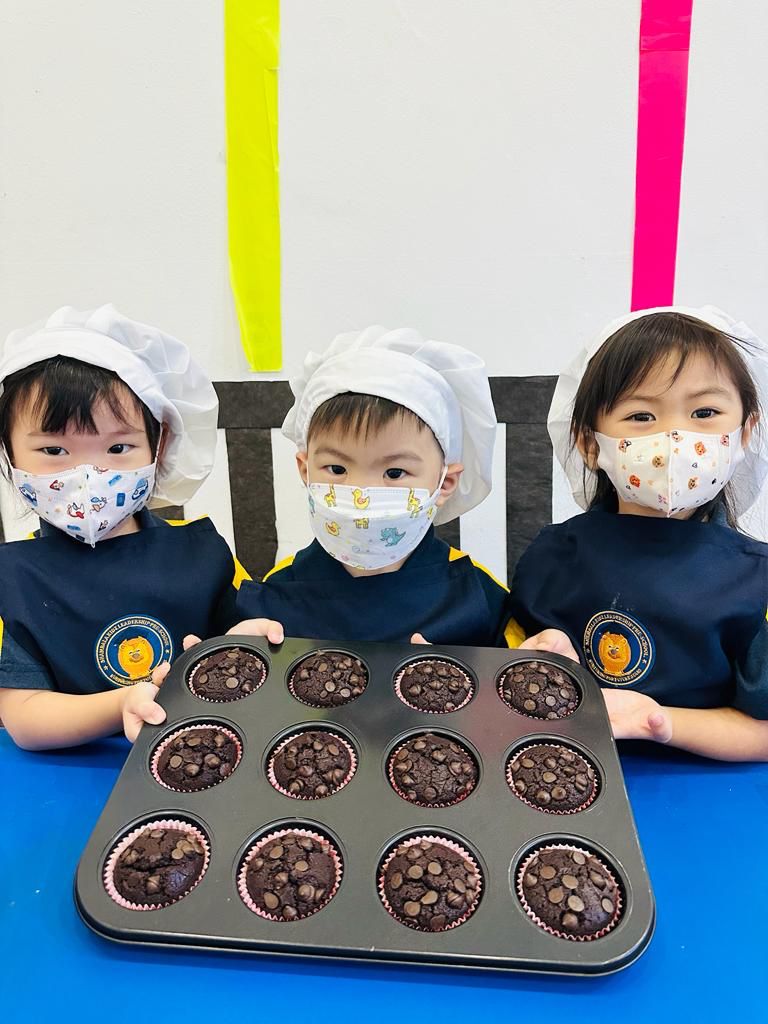
- It is important to ensure the mask fits properly for the best protection. Masks that offer protection against airborne particles include N95 masks and EN-149 masks, parents can get them easily from local pharmacies.
- Tags:
- Haze

